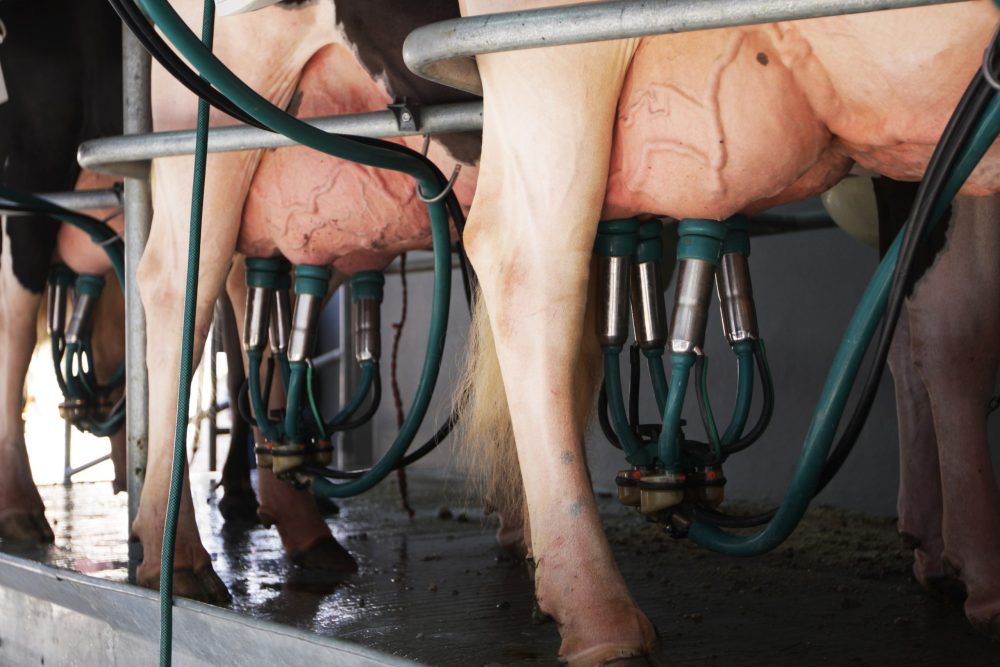Saskatchewan Crop Report: Excess moisture causing problems

Glacier FarmMedia—Only one per cent of acres were left unseeded in Saskatchewan during the week ended June 17 due to cooler temperatures and excess moisture, according to the province’s weekly crop report.
The cool and wet conditions caused some delays to crop development, although the majority of crops were still developing normally.
Fifty-five per cent of oilseeds in the province were on pace in their development, while 41 per cent were behind and four per cent were ahead. Spring cereals were 66 per cent normal and 29 per cent behind, while fall cereals were 76 per cent normal and 14 per cent behind. Pulse crops were 78 per cent normal and 19 per cent behind. Perennial forage was 75 per cent normal and 16 per cent behind, while annual forage were also 75 per cent normal but 22 per cent behind.
Read Also


Bovine bird flu reports still at zero in Canada
Results of a national testing program conducted by the Canadian Food Inspection Agency (CFIA) released June 18 showed no evidence of the highly pathogenic avian influenza (HPAI) in the country’s milk supply. “Commercially sold milk and milk products remain safe to consume,” said a release from the CFIA and the Public Health Agency of Canada (PHAC). It was also noted that even if traces of the virus were found, the pasteurization process would have rendered them harmless.
The most rain fell in the area of Rosthern between Saskatoon and Prince Albert at 95 millimetres. Nipawin and Biggar reported 75 and 72 mm, respectively.
Pasture topsoil moisture was 86 per cent adequate, nine per cent short and five per cent surplus. Hayland topsoil moisture was 87 per cent adequate, seven per cent short and six per cent surplus. Cropland topsoil moisture was 88 per cent adequate, three per cent short and nine per cent surplus. Across the province, 79 per cent of producers reported no current or future shortages for livestock water supplies while 12 per cent said there was potential for shortages later this summer. However, 90 per cent said they were not concerned about water quality.
Three per cent of seeded land was flooded and unlikely to produce a crop. One per cent of forage crops had excess moisture while six per cent may have yields significantly reduced due to dry conditions. One per cent of pastures were not accessible or usable, while the carrying capacity could be reduced in nine per cent of pastures.
Excess moisture, frost, leaf disease and pests including gophers and flea beetles all caused crop damage during the week. Producers have applied fungicides while also being urged to take control measures against grasshoppers.
Source: Farmtario.com

